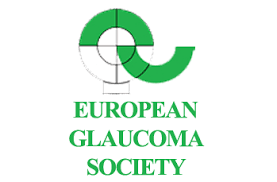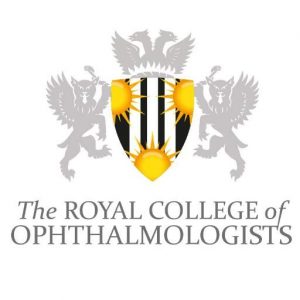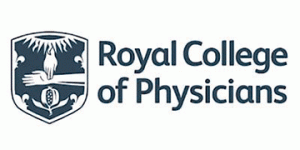Blepharitis
Blepharitis and Meibomitis are the leading cause of patient visits to the ophthalmologist in the developed world. We see 15% of people over age 65 years with Blepharitis.
The symptoms include
- Itchy eyes
- Burning eyes
- Red eye
- Scratchy eye
- Blurred vision
- Dry eye
- Tears running down face
- Gritty eyes in the morning
- A grey mucus discharge from the eye
- Eye fatigue
- Smeary vision, and
- A foreign body sensation in the eye
Blepharitis and Meibomitis has no cure, but we can manage it.

I had the best experience working with Dr Crawley. I felt looked after and she took the time to get to know me. I would highly recommend her.

From the moment I met her to the moment I left, I was treated with great courtesy and kindness, and everything was explained to me in layman’s terms so I could fully understand my condition. I was immensely impressed.

“Thank you very much for seeing me yesterday, you were marvellous and a pride to the NHS”

Dear Laura,
Just a quick note to say thanks for looking after my mum Mrs M. so wonderfully. It was so good of you to take so much time and care as she was very worried about my appointment and you really made such a difference to my experience. Thank you.

Dear Angela and Laura,
Thank you very much for seeing me yesterday. You were both marvellous and a pride to the NHS. You could, if you two wish, send this to your line manager. Thank you again!

Dear Laura,
Enjoy your holiday and thanks for everything so far.
Best Wishes
Symptoms of Blepharitis and Meibomitis
There are various symptoms of blepharitis. As a rule, your eyes feel uncomfortable, gritty, red and irritable.
- Burning
- Stinging
- Red
- Sticky, mucus in the morning
- Gritty or sand-like feeling
- Eyes feel tired all of the time
On the edges of the upper and lower eyelids lie some oil glands. They sit just behind the eyelashes and produce oil, an important part of your tears. Tears are a mixture of oil and water. The watery part comes from the lacrimal gland, which sits behind the brow bone. In blepharitis, the oil glands become blocked.
As a result, your tears are too thin, made up to a great extent of water. They run down your face rather than sitting on the front surface of the eye to moisturise them. This results in dry eye.
The oil builds up in the glands making the lid edges swell or become sore and red.
Dead skin cells mix with the thick oil droplets forming flakes. The flakes then move along the eyelashes and drop onto the eye further exacerbating the grittiness that you feel. You cannot see this when you look in the mirror, but your eye doctor can see it through the microscope.
Diagnosing Blepharitis and Meibomitis
Blepharitis is a clinical diagnosis. Your specialist Laura Crawley will give you a diagnosis when she examines your eyelids and eyes on the slit lamp microscope. She will also have a discussion about your symptoms. There is no blood test for blepharitis.
Accreditations and Memberships
Related articles
If you have glaucoma and need cataract surgery
A fast-track treatment for individuals with glaucoma who also need cataract surgery is a game changer because it dramatically reduces the time that patients will spend in surgery and recovery. Thanks to medical advances, both conditions can now be treated in the same operation, meaning that the recovery time for patients is exactly the same as for a single cataract operation. Laura Crawley and her colleagues at the Western Eye Hospital at Imperial College NHS Healthcare Trust were one of the first teams in the UK to offer revolutionary laser therapy and micro-stent implants to glaucoma patients.
Over 60? Take this 2 minute quiz to assess your glaucoma risk
Over 60? Take this 2 minute quiz to assess your glaucoma risk 1. When did you last have a routine eye test? All routine eye tests involve measuring the pressure inside the eye [...]
Glaucoma symptoms – 5 important warning signs you need to see a professional right away
Glaucoma in its commonest form is entirely asymptomatic and you cannot rely at all on noticing a change in vision or other eye symptoms to alert you to the possibility that you might have early disease. However, there are some important warning signs you should not ignore.
































Find us on social media